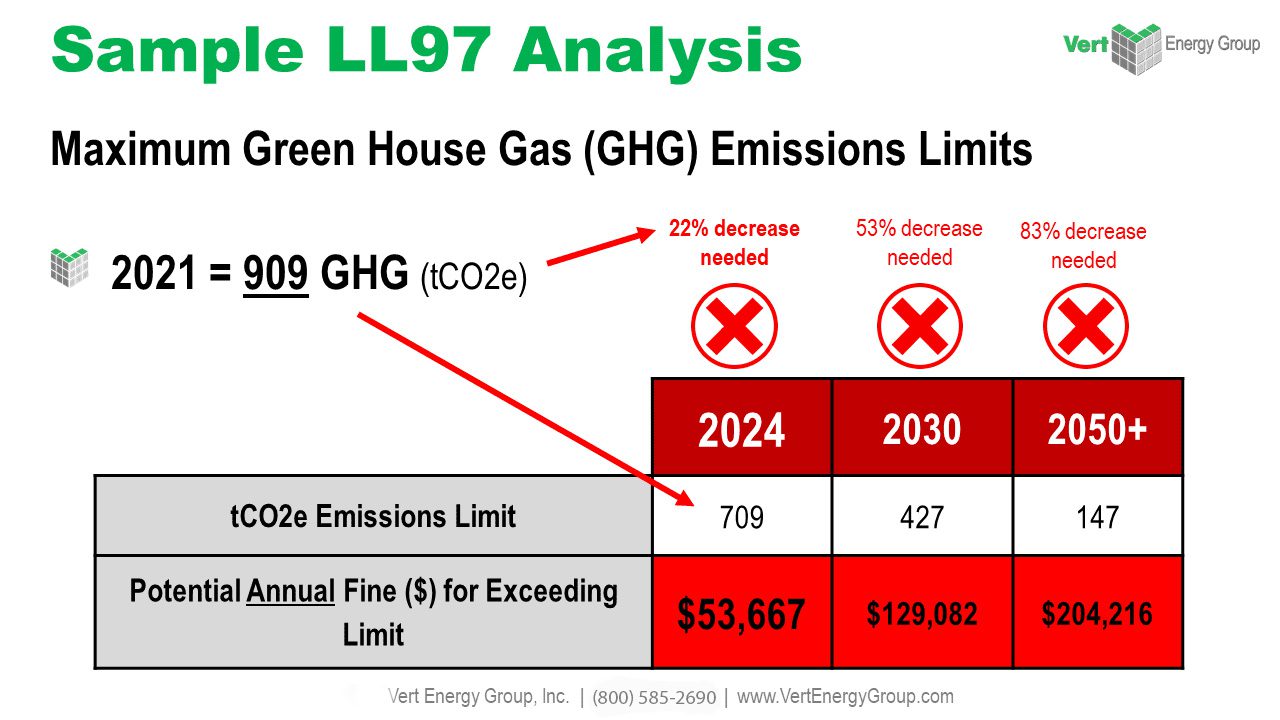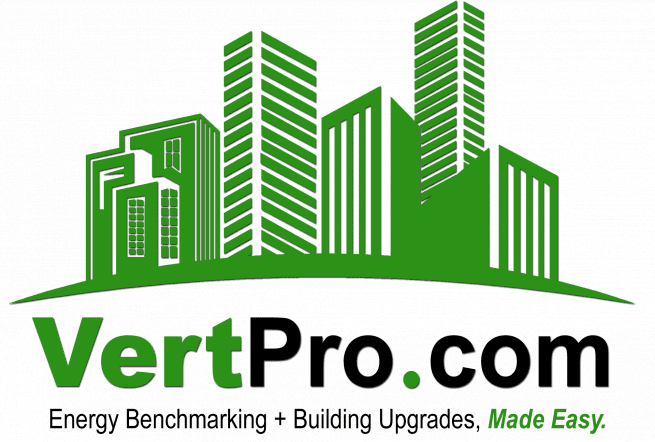Introduction
In today’s world, where sustainability and cost-effectiveness are of utmost importance, energy efficiency investments hold significant value. However, making well-informed decisions regarding these investments necessitates a comprehensive grasp of their potential Return On Investment (ROI). This article aims to delve into the process of measuring ROI for energy efficiency investments, placing particular emphasis on the pivotal role played by energy audits in this crucial calculation.
I. Understanding Energy Audits
To properly assess ROI, it is crucial to first grasp the concept and significance of Energy Audits. Energy audits are systematic evaluations conducted on buildings, facilities, or industrial processes to identify potential energy-saving opportunities and enhance overall efficiency. They involve a thorough examination of energy consumption, encompassing data collection, analysis, and the formulation of an energy efficiency plan. Energy audits serve as the cornerstone for making well-informed choices when it comes to energy efficiency investments.
There are three primary levels of energy audits:
1. Level 1: Walk-through audit
A Level 1 audit involves a preliminary assessment of energy consumption, focusing on low-cost and
no-cost measures. It typically includes a visual inspection, data collection, and basic analysis.
2. Level 2: Energy survey and analysis
A Level 2 audit builds upon the level 1 audit, providing a more detailed analysis of energy consumption patterns and potential energy-saving opportunities. It may include energy modeling, benchmarking, and a review of historical energy data.
3. Level 3: Detailed analysis and investment-grade audit
A Level 3 audit is a comprehensive and investment-grade assessment that involves a detailed analysis of energy consumption, identification of energy-saving measures, and a thorough financial analysis. It provides the necessary information to make informed investment decisions.
Key components of an Energy Audit include:
1. Data collection and analysis: Gathering energy consumption data, utility bills, and other relevant information to understand current energy usage patterns.
2. Identification of energy-saving opportunities: Analyzing the data collected to identify areas where energy efficiency improvements can be made, such as upgrading equipment, optimizing systems, or implementing behavioral changes.
3. Cost-benefit analysis: Assessing the costs associated with implementing energy-saving measures and quantifying the potential benefits, including energy cost savings and other non-energy benefits.
4. Development of an energy efficiency plan: Creating a comprehensive plan that outlines the recommended energy-saving measures, their costs, anticipated savings, and implementation timelines.
II. Determining ROI for Energy Efficiency Investments
ROI calculation is a fundamental step in assessing the financial viability of energy efficiency investments. The ROI formula is straightforward:
ROI = (Total Benefits – Total Costs) / Total Costs
To accurately measure ROI, it is crucial to identify and quantify both the benefits and costs associated with the investment. Let’s explore these factors in detail:
A. Identifying and quantifying benefits:
1. Energy cost savings: The most apparent benefit of Energy Efficiency Investments is reduced energy consumption and lower utility bills. By estimating the potential energy savings based on the proposed measures, you can quantify the financial benefits.
2. Reduced maintenance and operational costs: Energy-efficient equipment often requires less maintenance and operates more efficiently, leading to reduced operational expenses over time.
3. Increased equipment lifespan: Energy-saving measures, such as regular maintenance and optimized operating conditions, can extend the lifespan of equipment, reducing replacement and repair costs.
4. Environmental benefits: Energy efficiency measures contribute to environmental sustainability by reducing greenhouse gas emissions and conserving natural resources. These benefits can be quantified using established methodologies.
B. Assessing costs:
1. Capital costs: The upfront investment required to implement energy-saving measures, including equipment purchase and installation costs.
2. Operational and maintenance costs: Ongoing expenses associated with equipment maintenance, repairs, and monitoring energy performance.
3. Financing costs: If the investment is financed via loans or other financial arrangements, the associated interest rates and fees should be factored into the cost analysis.
4. Other relevant costs: Consider any additional costs related to training, permits, or software needed for implementation.
III. Factors Affecting ROI Calculation
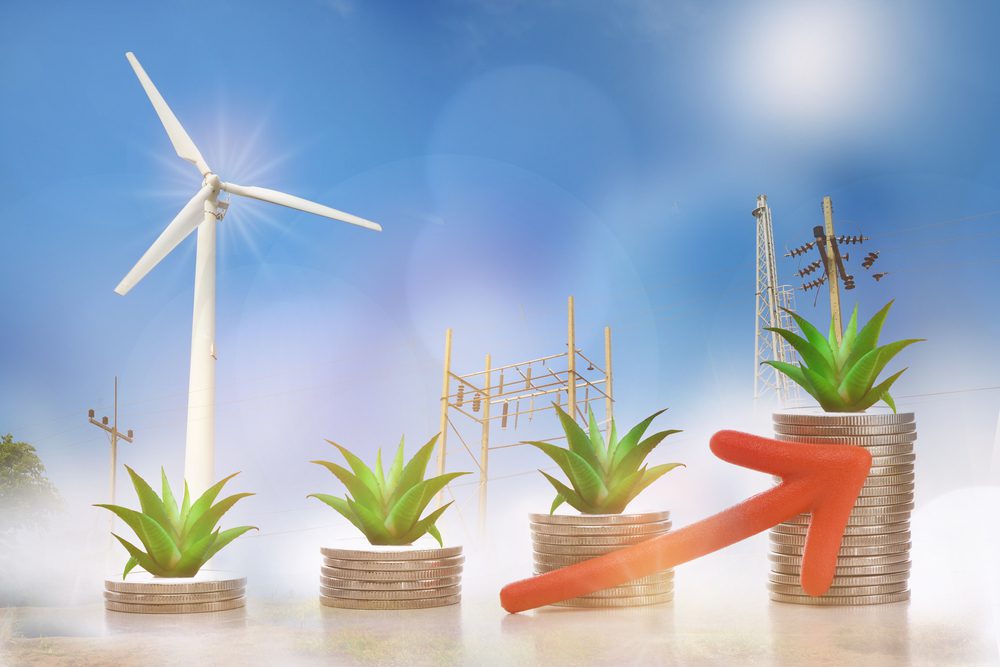
Several factors can influence the ROI calculation for energy efficiency investments. Understanding these factors is vital for making accurate assessments:
A. Energy savings potential:
1. Benchmarking energy consumption: Comparing energy consumption to industry standards or similar facilities can provide insights into potential energy savings.
2. Baseline establishment: Establishing a baseline for energy consumption before implementing energy-saving measures allows for accurate measurement of energy savings and ROI.
B. Energy price volatility:
1. Understanding market fluctuations: Energy prices can vary significantly due to market conditions, geopolitical factors, and supply-demand dynamics. Considering these fluctuations helps in projecting future energy costs.
2. Assessing long-term price trends: Analyzing historical energy price data and expert forecasts can provide insights into long-term price trends, helping to make more accurate ROI projections.
C. Project lifespan and payback period:
1. Considering the project’s life cycle: Understanding the expected lifespan of the energy-saving measures allows for better assessment of their long-term financial benefits.
2. Evaluating the payback period: The payback period indicates the time required to recover the initial investment through energy cost savings. A shorter payback period often indicates a higher ROI.
D. Financing options and incentives:
1. Government incentives and grants: Governments often provide financial incentives and grants to encourage energy efficiency investments. Incorporating these incentives into the ROI calculation can enhance the financial viability of the project.
2. Rebates and tax credits: Utility companies and governmental bodies sometimes offer rebates and tax credits for implementing specific energy-saving measures. Considering these benefits reduces the overall project costs and improves the ROI.
3. Financing programs and loans: Exploring financing options, such as energy efficiency loans or performance contracting, can make energy efficiency investments more financially feasible.
IV. Challenges and Limitations in ROI Calculation
While ROI calculation provides valuable insights, there are certain challenges and limitations to consider:
A. Estimating future energy prices: Projecting future energy prices accurately is challenging due to various external factors that influence energy markets. Utilizing historical data and expert forecasts can help make more informed projections.
B. Predicting changes in energy consumption patterns: External factors, technological advancements, and changes in operational practices can impact energy consumption patterns. It is essential to account for these uncertainties when estimating ROI.
C. Accounting for uncertainty and risk: There are inherent uncertainties and risks associated with energy efficiency investments, including changes in regulations, performance degradation over time, and market volatility. Conducting sensitivity analyses and incorporating contingency plans can address these uncertainties.
D. Addressing non-energy benefits and costs: Energy efficiency investments can offer non-energy benefits such as improved occupant comfort, enhanced indoor air quality, and increased productivity. While these benefits may be challenging to quantify, acknowledging their value can provide a more comprehensive assessment of the investment’s ROI.
V. Best Practices for Accurate ROI Calculation
To ensure accurate ROI calculations, it is essential to follow these best practices:
A. Conducting thorough energy audits: Comprehensive energy audits provide the necessary data and insights to accurately assess energy-saving opportunities and quantify potential benefits.
B. Utilizing energy modeling and simulation tools: Energy modeling software can simulate the impact of various energy-saving measures, providing a more accurate estimation of potential savings and ROI.
C. Monitoring and verification of energy savings: Implementing a monitoring and verification plan enables ongoing tracking of energy performance and validates the actual energy savings achieved, ensuring the accuracy of ROI calculations.
D. Regular maintenance and performance tracking: Proper maintenance of energy-efficient equipment and systems is essential for maintaining their performance and ensuring the anticipated energy savings are realized over the long term.
VI. Case Studies: Successful ROI Measurement for Energy Efficiency Investments
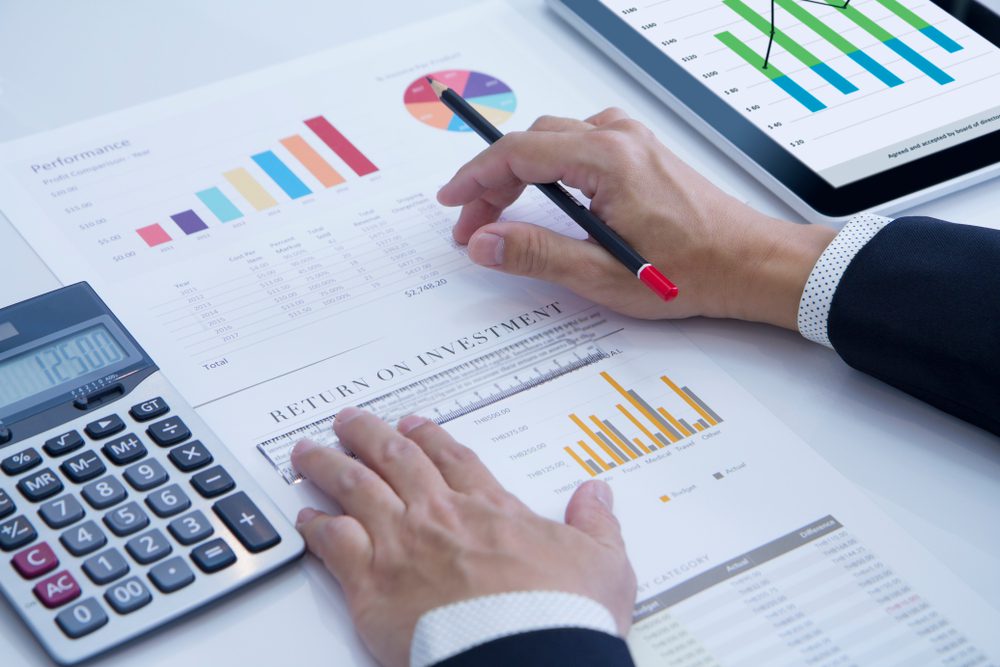
Examining real-world case studies can provide practical insights into the measurement of ROI for energy efficiency investments:
A. Commercial building retrofit:
1. Calculating ROI for lighting upgrades: Assessing the energy consumption before and after lighting retrofits to determine the actual energy savings achieved and calculating the associated ROI.
2. Evaluating the impact of HVAC system improvements: Monitoring energy consumption and comparing it with pre-retrofit data to measure the energy savings achieved and calculate the ROI for HVAC system upgrades.
B. Industrial facility energy optimization:
1. ROI assessment for process optimization measures: Analyzing energy consumption and production data before and after implementing process optimization measures to measure the resulting energy savings and ROI.
2. Monitoring equipment performance and energy consumption: Implementing energy monitoring systems to track equipment performance, energy consumption, and savings achieved, enabling accurate ROI measurement.
VII. Conclusion
Measuring ROI for energy efficiency investments is crucial for making informed decisions and maximizing the benefits of such investments. Energy audits serve as a vital tool in this process, providing valuable insights into energy consumption patterns, potential savings, and costs. By accurately quantifying benefits and costs, considering relevant factors, and following best practices, organizations can make informed decisions, drive sustainability, and achieve significant financial returns through energy efficiency investments. Encouraging businesses to prioritize energy audits and embrace energy efficiency is key to building a sustainable future.
If you are looking for an expert Commercial Energy Audit and Benchmark Compliance consultancy, look no further! Contact us at Vertpro.com! We are an award-winning Energy Benchmarking and Audit Consultancy, recognized on Inc. 5000, providing innovative SaaS technology-based solutions for Building Owners & Property Managers to Simplify Energy Compliance with all 50+ Energy Benchmarking & Energy Efficiency Laws Nationwide. From Energy Benchmarking to Energy Audits/RCx Plus, Building Upgrades and Construction Marketplace, VertPro® has you covered.

